

In 21207, Kadence Cantu and Jaiden Joseph Learned About Do Grass Clippings Make Good Mulch
Turf professionals typically recommend “topdressing” yards with a thin layer of garden compost. The product is spread out one-quarter to half inch thick in spring or fall, depending on regional climate and soil. * Garden compost improves the moisture-holding capacity of the soil, includes nutrients, and feeds soil microbes. These microbes are crucial to the complicated procedure that makes food readily available to turf plants.
Garden compost spread out on top of thatch can likewise speed thatch decomposition and remove the labor of mechanical elimination. However there is an issue: Compost quality varies. Whether you buy it by the bag, pick it up at the municipal leaf dump or have it provided by the backyard, how can you understand that it is “great” compost? Consider these concerns: Is it at the finished stage?Does it consist of unwanted ingredients such as dyes or constructing materials?Are there practical weed seeds in the material?Could it have pesticide residues? The moms and dad materials and the composting procedure both impact the quality of the last item.
” That is to use compost that has undergone compost-specific screening.” Acknowledging the problem this develops for consumers and the land care industry alike, the USCC began the Seal of Screening Assurance (STA) in 2000. STA is a testing, labeling, and disclosure program designed to bring exposure into the world of garden compost sales.
STA takes a look at 14 garden compost qualities including organic matter, salts, p H, major nutrients, pathogens, metals, stability, and maturity. Rattie states one of the most significant issues is the existence of pesticide residuals. Reliable garden compost, however, brings little of this risk. “A proper composting system ruins the overwhelming majority of pesticides and herbicides,” says Rattie.
” Most of STA individuals offer wholesale through local landscape supply yards, garden centers, and through direct sales,” states Rattie. USCC uses several resources to find STA compost and a calculator to help identify the quantity: Discover a list of 200+ STA participants See Buy Compost.com and use the USCC’s garden compost calculator on the upper right of the homepage.
” Bagged garden compost supplies only one cubic foot of product,” he says. “It takes 27 bags to get one cubic lawn. Do the math!” When we used the garden compost calculator provided by the USCC at Buy Compost.com, we found that a one-quarter inch layer on a quarter-acre yard (10,000 square feet) requires 7.7 cubic yards or 5.9 cubic meters of garden compost.
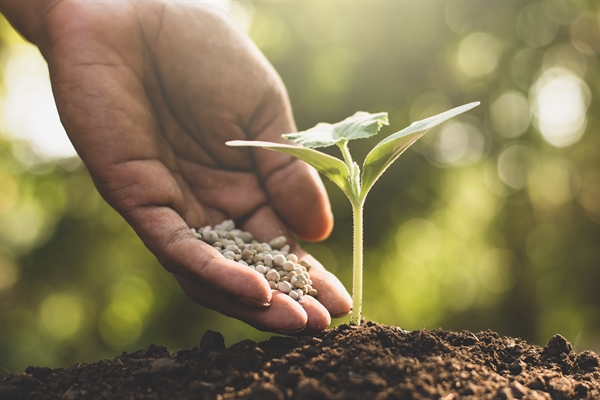
” Golf course and ball park superintendents having been using this strategy effectively for numerous years,” he says. Compost is spread out in spring or fall, however there are very important subtleties. In cool-season areas, the spring application is usually lighter and the fall application much heavier. In the south, topdress warm-season turfs in early spring.
Just put, garden compost is decayed raw material but that does not discuss much. To a romantic, garden compost is the very essence of life. The living aspect of the soil responsible for a myriad of the most superb and complicated processes understood to man. Organisms nourishing organisms all the method up the food cycle from easy bacterium to crops to humans, none of it possible without decomposed organic matter: garden compost.
In 50023, Guadalupe Mccarty and Cade Hurst Learned About Can You Use Grass Clippings As Mulch
It is the stuff of life, bristling with bacteria that become part of the nutrient cycle of plants. Compost can be made small scale; in a yard or underneath a sink, or large scale; in huge windrows turned by front-end loaders or other specialized devices. In either case, it is all about breaking down raw material till all that is left is an abundant, dark, musty, nearly fragrant substance with the consistency of potting soil.
Hay, straw, fish gurry, animal manure, branches, tree bark, and seashells are frequently utilized to comprise the composition of compost. The compost is normally mixed 2 parts dry product (bark, leaves) to one part damp or green product (lawn clippings, fish gurry) and left in either containers, stacks or windrows to decay.
Breaking down compost needs to stay equally moist however not wet. Depending on the kind of composting system, it can take anywhere from a couple of months to a year or more to complete the procedure, often described as “cooking.” Actively rotting compost is stated to be cooking due to the fact that temperatures can reach anywhere from 120 to 160 F.
Caution Compost is not thought about properly prepared unless it has reached these high temperature levels enough time to decontaminate weed seeds and get rid of harmful germs found in some manures. Ultimately, more intricate organisms like amoeba and nematodes consume the simpler bacteria and fungis, the stack starts cooling while the nutrients in the compost end up being increasingly more focused from their waste products and further decomposition.
Garden compost that is not completely ended up can have an ammonia smell to it and may not provide the desired impacts or it can even damage the plants as it continues to prepare. It’s the bacteria in compost that give it its magic. Millions of microbes go to work in the soil, cycling nutrients and making them available to be taken up by the plant.
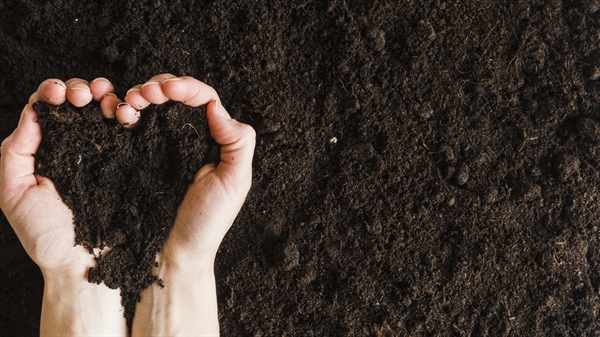
Compost is also loaded with micronutrients and other intricate biology that is incredibly beneficial for plant growth. Garden compost adds life to the food web, ultimately resulting in healthier lawn. Good quality garden compost contains a high percentage of ended up raw material with the rest being comprised by smaller sized unfinished natural matter like wood chips, sawdust, seas shells and mulched leaf matter.
Compost can be spread manually with shovels by utilizing a tossing action to attempt and attain a layer about 1/4″ thick. It can be smoothed out with a rake to mix it in a little better and after several days it will not even be obvious on the surface of the yard.
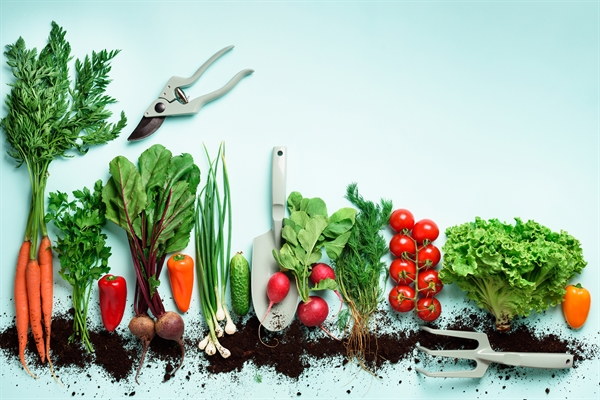
Using the garden compost right away after seeding and aerating is an exceptional way to incorporate the compost directly into the soil and offer a dive start for seedlings. Simply doing this once or twice a year will benefit the lawn more than lots of quick-fix items that are hassle-free but not always the finest choice.
In New Baltimore, MI, Damian Burch and Kierra Haley Learned About Grass Clippings As Mulch
Preferably, a yard would be topdressed with garden compost numerous times a year but a composting program will ultimately be determined by money and time. The target for a composting program need to for a lawn’s soil to consist of 5% organic matter. It looks like a small quantity but it can take years to develop in specific soils.
As soon as natural matter starts to develop up in the soil, topdressing can be cut down to when or two times a year. Also, the requirement to fertilize and water the lawn will start to decline as the soil begins to offer ideal growing conditions for grass. Weed, bug and illness pressure will reduce too, resulting in expense savings over the long term as the work of the healthy soil changes the life support system of synthetic fertilizers and chemical pesticides.
Home & Garden Green Living How to Top-Dress Lawns with Compost By Cathy Cromell, The National Gardening Association If you’ve gone through the effort of making abundant garden compost of your own, you can use it to top-dress your lawn for thicker, healthier lawn. You can use garden compost to top-dress both brand-new and existing yards.
Top-dressing is especially helpful in arid environments or throughout dry or breezy spells, where the soil and seeds quickly dry out within hours. (If a germinated seed dries out, it’s a goner.) On an existing yard: Top-dressing with garden compost may likewise invigorate existing yards. Lawns frequently end up being compacted over time from foot traffic, play, and mowing, which avoids air, water, and nutrients from distributing freely through the turf’s root zone.
To core aerate a little patch of grass, utilize a customized foot press that you can discover at your regional home and garden shop. For big yards, rent a maker from an equipment supply company or hire a yard upkeep firm. When top-dressing with garden compost, you ought to just utilize screened garden compost or compost with particle sizes of 3/8-inch or less.
Also, make sure to top-dress with garden compost that’s guaranteed without weed seeds, or you may be sowing a future weeding problem into your yard! No matter where you live, the best time to aerate and top-dress your lawn is when it is most actively growing. This allows the yard to strongly rebound after having holes punched in it.
Prevent aerating these turfs during summer season’s intense heat, which may stress roots. Although some development takes place in early fall, these types of yards go semi- or totally dormant as weather cools, making healing after a late aeration more demanding. Likewise, early aeration promotes better penetration of summer season and fall rains through the soil when it’s most useful for growth.
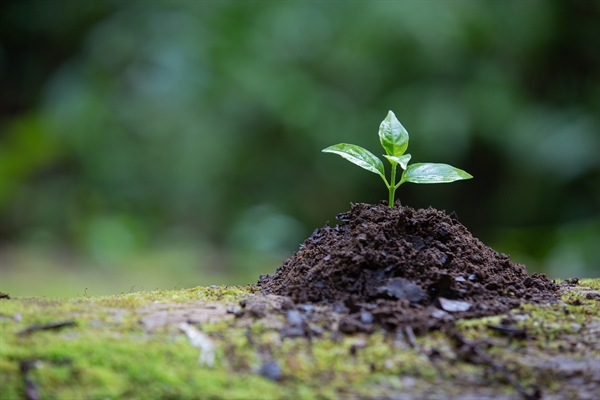
If you live in a warm climate that permits year-round lawns, you have various alternatives. The very best time to aerate and top-dress is early to mid-summer when your warm-season yard (such as Bermuda lawn) is actively growing. You should also use compost top-dressing (without aeration) after overseeding your summer season yard with a cool-season grass (such as ryegrass) in the fall.
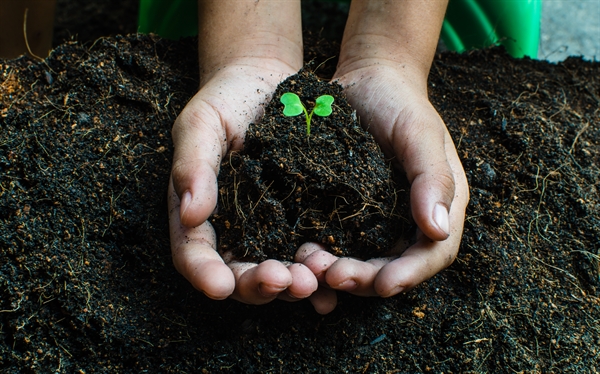
In Palos Verdes Peninsula, CA, Cason Richmond and Elianna Martin Learned About Using Grass Clippings For Garden Mulch
The arrival of summer reminds us that it’s not far too late to nourish your lawn the healthy method with natural garden compost from Planet Natural. As lawn-spraying services broaden their grip on suburbia it’s important to bear in mind that utilizing natural practices to motivate yard in your lawn protects your pets and household from harmful chemical fertilizers and herbicides.
It will considerably increase helpful microbial activity in your soil, benefiting your lawn even more. And it’s an excellent way to treat the spots in your lawn that are thin, brown and unhealthy. From Organic Lawns, Healthy Soil: “Established lawns benefit significantly from a single annual application of garden compost, much more greatly from 2.
Depending upon your lawn’s size, a wheel barrow and a shovel may be the finest method to distribute garden compost around your yard, followed by a great raking (a push broom will also work) to distribute it more uniformly. Though tough to discover and frustrating to use efficiently, a compost wheel or peat spreader can disperse compost across small yards though they can be hard to press and need to be filled up often.
Compost ought to be spread out no greater than a half-inch deep. The idea is not to bury turf blades, smothering them and keeping them from sunshine. If that implies less than a half-inch of garden compost, then minimize your application. You want grass blades exposed to oxygen and sunlight. Using garden compost to issue locations will likewise assist cure them.” Including garden compost will help your lawn’s soil maintain moisture throughout the long hot months of summertime, keeping your lawn greener longer.
Do Garden compost: Lawn clippings, leaves, stalks, dead plants, branches approximately pencil diameter, and many weeds. Don’t Garden compost: Weed seeds and invasive weeds like ivy (they resprout!), infected plants, animal waste, clippings treated with weed or bug killers, or food waste. Rather, try the rodent-resistant techniques described in Food Waste Composting.
It takes 6 to 12 months for soil animals to change most yard waste into completed garden compost. For faster composting, keep your pile as moist as a wrung-out sponge. Slice up stalks and branches. Mix “green” materials like turf clippings with “browns” like fall leaves and stalks. Symptom Cause Solution Bad smells Stack too damp, no air, or consists of food or animal waste Turn stack.
Get rid of food. Stack is dry Not enough water Turn stack. Add water to keep as wet as a sponge. Moist enough, but slow composting Inadequate “greens” Turn stack. Include “greens” like lawn, plants, or manure Slimy lawn, ammonia odor Too much fresh grass in pile Leave clippings on lawn, rather of composting.
Stack shrunken, but looks un-decomposed Leading too dry, finished compost is at bottom Harvest finished compost from bottom. Start brand-new pile with un-composted product. Contact the professionals at the Garden Hotline at (206) 633-0224 (language analysis offered) or at Garden Hotline. Composting at House Guide (pdf) – Request a complimentary copy.
In Roswell, GA, Madeleine Velasquez and Kelvin Middleton Learned About When To Compost Lawn
Garden Compost Resource List (pdf) – Lists bin providers, tools, and more. Composting Questions & Responses (pdf) – Responses to some common concerns. Tilth Alliance – Uses classes in composting and organic gardening, and home-made compost bin plans.